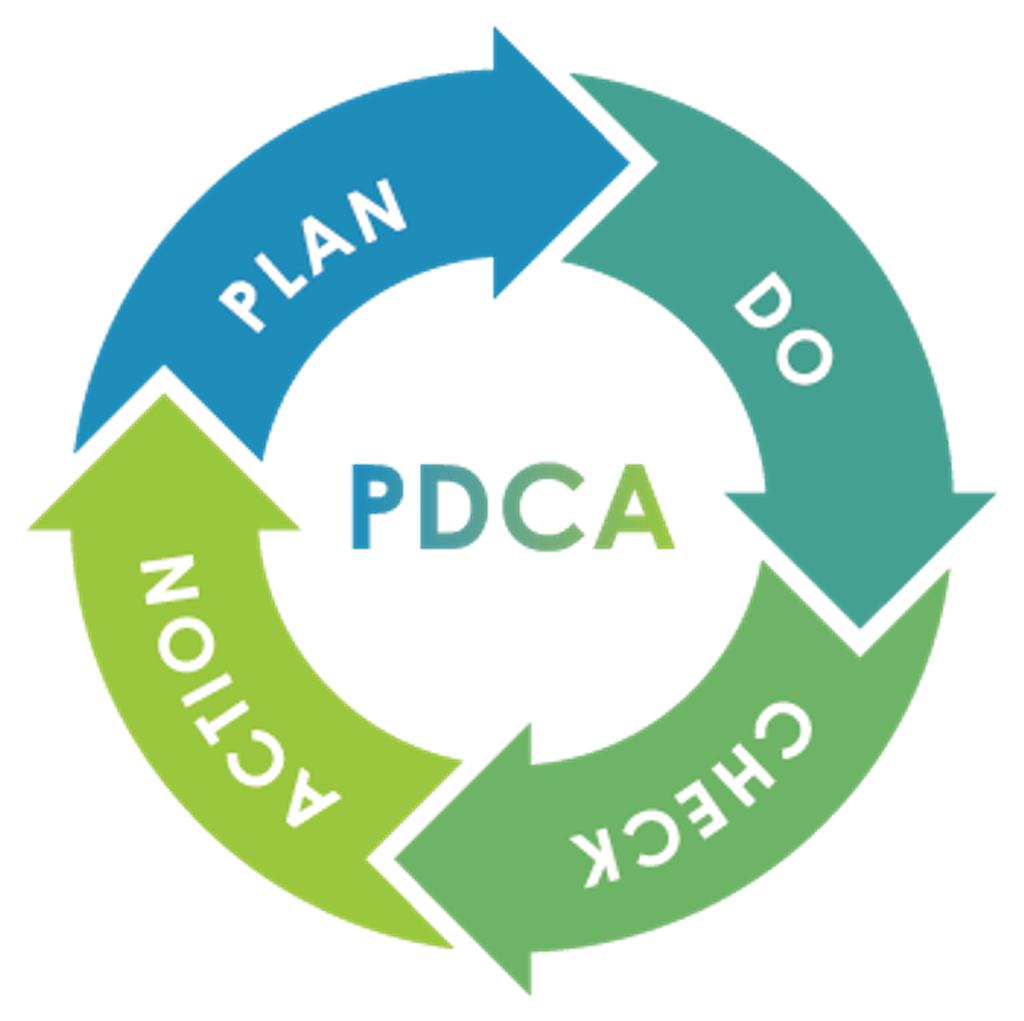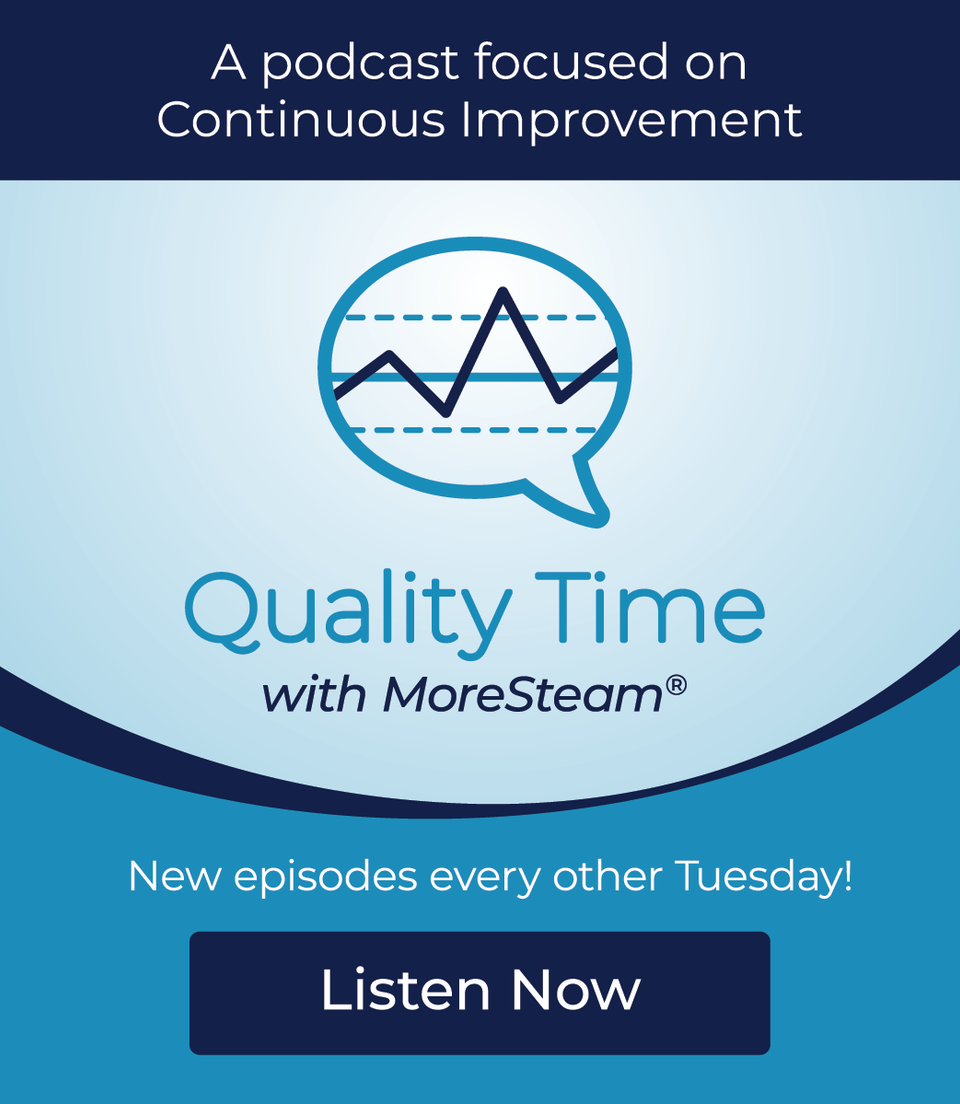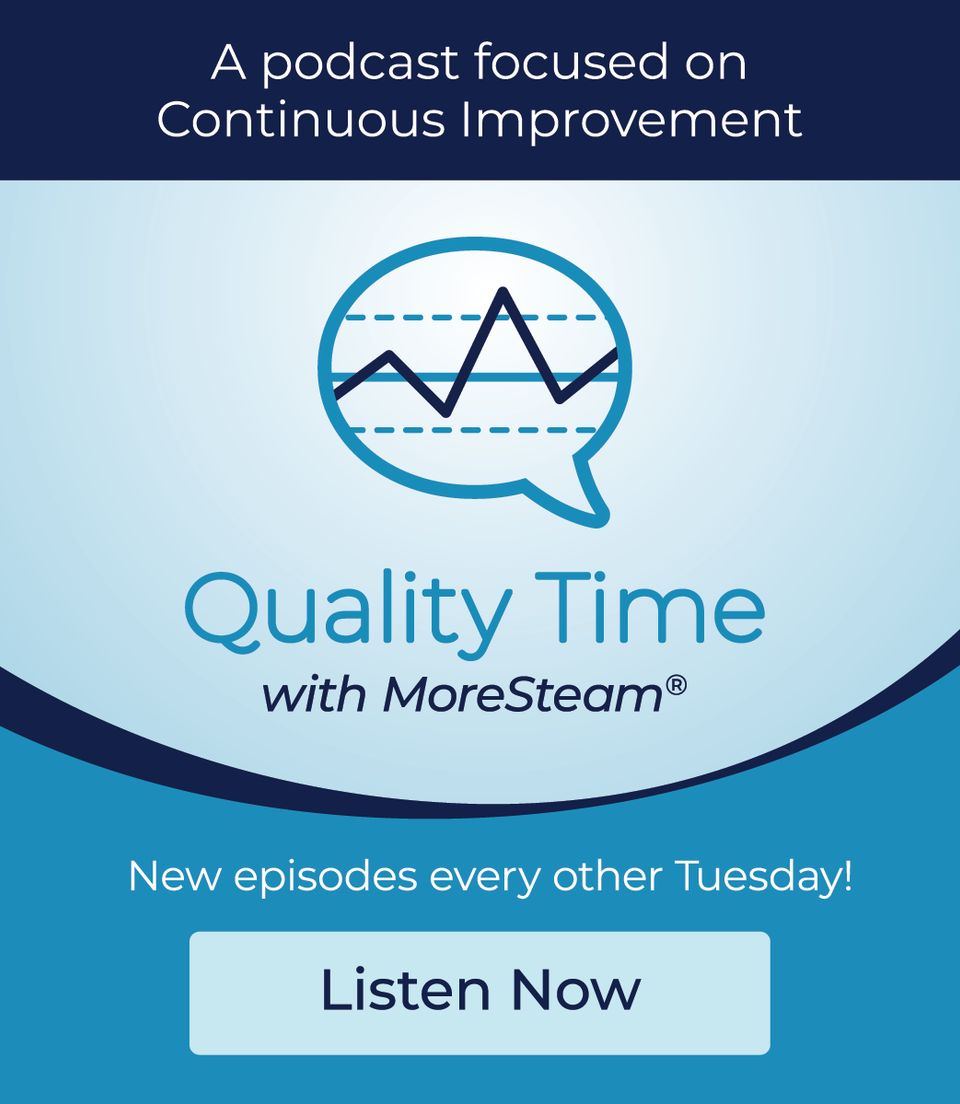
Hoshin Kanri: At a Glance
July 5, 2023A bold vision for change can take an organization to new levels of competitive edge. But that vision won’t leave the corner office unless all levels of the organization are working to bring it to life. For companies seeking to weave strategic goals into day-to-day operations, Hoshin Kanri is the continuous improvement tool that makes it happen.
Hoshin Planning, or Hoshin Kanri, is a comprehensive planning method that aims to align strategic goals and initiatives across all levels of an organization. At its core, Hoshin Planning seeks to eliminate inefficiencies that result from a lack of communication between different departments. This is often achieved by creating a clear roadmap detailing the company’s strategic and annual objectives, developing a deployment and alignment process, and executing and monitoring progress.
Hoshin Planning recognizes that successful organizations are built on strong strategic alignment. It emphasizes the importance of ensuring that every person at every level across the organization is working toward the same strategic goals.
Understanding Hoshin Planning
The History of Hoshin Kanri
The aftermath of World War II left most Japanese organizations with no choice but to rebuild their operational flows. In turn, many industries and services adapted the methods of Deming, Drucker, and Juran. These management teachings articulated a new imperative for organizations: achieving quality goals required more than just excellence at the front lines; it needed all levels of the organization.
Efforts to codify the strategic planning and policy deployment work of organizations achieving manufacturing excellence led to the coining of “Hoshin Kanri” - roughly translated as “control of direction” - in the 1960s. It gained wider recognition and popularity in the 1980s when various publications and authors started referring to it as “Hoshin Planning.” The term “Planning” was used to highlight the structured and systematic nature of the approach.
Key Principles of Hoshin Planning
Hoshin Planning is also known as “strategy deployment.” This term emphasizes the implementation and execution aspects rather than just the planning elements of an organization’s strategy. It also underscores the idea that the strategic objectives are not confined to the upper management level but must be deployed throughout the organization, cascading from the top down to all levels and departments.
In short, it’s a system that connects the big-picture strategy with the zoomed-in work at the product or process level.
In practice, this entails:
- Clearly articulating a vision and long-term goals
- “Cascading” those goals throughout the organization by developing and improving processes that work toward achieving them in a coordinated, cross-departmental fashion
- Prioritizing initiatives that will have the greatest impact and allocating resources effectively to avoid spreading employees too thin
- Connecting goals and department-level processes to individual daily work
- Encouraging employees to take ownership of their objectives to foster a culture of proactive problem-solving and collaboration
- Routinely engaging in PDCA to assess strategy deployment progress and recalibrate, if necessary, annually and on a more frequent (often monthly) basis
Want First Access to Blogs Just Like this One? Subscribe to our Newsletter!
The Benefits of Hoshin Planning
Implementing Hoshin Planning in organizations offers several significant benefits:
- Strategic alignment - it eliminates silos, improves coordination, and enhances focus on priorities.
- Improved execution - Hoshin Planning provides a framework for envisioning long-term goals, which enhances the organization’s ability to execute initiatives efficiently.
- Enhanced communication and collaboration - throughout the deployment process, teams and individuals engage with one another to align goals, exchange ideas, and share best practices.
- Resource optimization - organizations can ensure resource allocation focuses on high-impact activities by aligning resources with strategic objectives. This prevents resource waste on non-essential projects and improves resource utilization.
- Employee engagement and empowerment - Hoshin Planning actively involves employees at all levels in the strategic planning and execution process. Employees develop a sense of ownership, engagement, and motivation by participating in goal setting.
- Performance measurement and transparency - KPIs are established and monitored to track progress and evaluate the effectiveness of strategies, allowing for data-driven decision-making and early identification of issues.
- Adaptability to changing environments - through regular reviews and adjustments, organizations can adapt their strategic objectives and execution plans to address emerging challenges or capitalize on new opportunities.
The Hoshin Planning Process
The Hoshin Planning process consists of several key steps:
Step One: Establishing Strategic Objectives
- Identify and define the long-term strategic objectives that align with the organization’s vision, mission, and values.
- These objectives should be specific, measurable, attainable, relevant, and time-bound (SMART).
- Strategic objectives provide a clear direction and guide the organization’s overall vision.
Step Two: Developing Annual Objectives
- Translate the big-picture objectives into smaller ones to accomplish within a shorter time frame (typically annual).
- Break down the long-term goals into specific, actionable, and measurable targets for the upcoming year.
- Annual objectives should align with and contribute to achieving the strategic ones.
Step Three: Alignment and Deployment
- Communicate the objectives to different levels and departments, ensuring they understand their roles in achieving them.
- Deploy the objectives by developing action plans and allocating resources to support their achievement.
- Each level of the organization aligns its objectives with those above, creating a clear line of sight from the strategic to the operational level.
Step Four: Execution and Monitoring
- Execute the action plans and monitor progress towards achieving the objectives.
- Establish a regular review and reporting process to track performance against the objectives.
- Use key performance indicators (KPIs) and metrics to measure progress and identify performance gaps.
Want More Continuous Improvement Content? Check out our New and Improved OpEx Insights Page.
Critical Elements of Successful Hoshin Planning
Various factors can make it challenging to implement Hoshin Planning:
- Cultural Shift - it demands a shift from a traditional top-down management approach to a more collaborative and participatory decision-making process, which may meet resistance from employees and leaders.
- Strategic Clarity - Developing clear and meaningful strategic objectives that align with the organization’s vision and articulating long-term direction can be complex.
- Cascading Objectives - Ensuring effective cascading of objectives from the strategic to operational levels requires careful communication, coordination, and alignment across departments.
- Resource Allocation - Organizations often have limited resources, and prioritizing and aligning those resources with multiple objectives and initiatives can be complex.
- Execution and Monitoring - Monitoring progress, tracking key performance indicators, and ensuring accountability at various levels of the organization can be time-consuming and resource-intensive. A lack of dedicated resources or a robust monitoring system can hinder successful execution.
- Resistance to Change - Implementing Hoshin Planning involves changes in processes, roles, and responsibilities. Resistance to change from employees, especially those accustomed to traditional decision-making processes, can pose a significant challenge.
Because of these reasons, it’s essential to understand and memorize best practices for a successful Hoshin Planning deployment:
Leadership Commitment
Strong leadership commitment is crucial. Leaders should actively champion and support the process and demonstrate their commitment by actively participating, providing resources, and fostering a culture that values strategic alignment.
Strategic Clarity and Alignment
Clearly define and communicate the organization’s vision, mission, and values. Align the strategic objectives with the long-term goals, and ensure they are cascaded and communicated effectively throughout the organization.
Engage and Involve Employees
Encourage input, participation, and collaboration from employees at all levels throughout the process. Engaged employees contribute diverse perspectives, take ownership of their goals, and become active contributors to the organization’s success.
Develop Actionable and Measurable Objectives
Create annual objectives that are specific, actionable, and measurable. Ensure they are aligned with the strategic objectives and have clear targets and timelines. This makes tracking progress, assessing performance, and making data-driven decisions easier.
Cascade Objectives and Establish Accountability
Cascade objectives from the top down, ensuring that each level’s objectives contribute to the higher-level goals. Clearly define roles and responsibilities, establishing accountability for each goal. Ensuring everyone understands their role in achieving the objectives fosters a sense of ownership and commitment.
Effective Communication and Collaboration
Establish effective communication channels to ensure that information easily flows across the organization. Foster a culture of open communication where ideas and feedback are encouraged and valued.
Robust Execution and Monitoring
Develop a robust execution plan with clear action steps, timelines, and resource allocation. Implement a monitoring and review process to track progress, measure performance against objectives, and identify areas for improvement. Regularly review and adjust the execution plan based on feedback and changing circumstances.
Provide Training and Support
Provide adequate training and support to employees involved in the Hoshin Planning process. Develop their skills in strategic thinking, goal setting, execution, and problem-solving.
Celebrate Success and Recognize Achievements
Celebrate achievements and milestones reached during the Hoshin Planning process. Recognize individuals and teams for their contributions and efforts.
The Bottom Line
Ultimately, aligning strategy and execution through Hoshin Planning increases the likelihood of achieving organizational goals, enhances operational efficiency, and promotes a culture of continuous improvement. It enables organizations to navigate complex and dynamic business environments with clarity and focus, leading to sustained success and competitive advantage.

MoreSteam's Enterprise Process Improvement platform includes the tools, training, and software you need to transform your organization, large or small, into a problem-solving powerhouse. Our products are trusted by over half of the Fortune 500 and by other organizations and universities worldwide. When you partner with MoreSteam you gain a team dedicated to helping you succeed.










